Near the limestone Costswold hills, recognized as the Area of Outstanding Natural Beauty, where the Thames begins its flow, famous for quarries and sheep breeding, there is the Spa town of Cheltenham. Its motto is Salubritas et Eruditio (Health and Education), and tourists visiting this place may not be aware that ‘The Doughnut‘ is located in its suburbs. I do not mean a calorific local pastry but a building where all sweet secrets of the British intelligence agency are hidden.
71 hectares of the small Benhall district of Cheltenham is occupied by ‘The Doughnut‘ which is the Government Communications Headquarters (GCHQ), which deals with intelligence, counter-intelligence and also cryptographic activities.
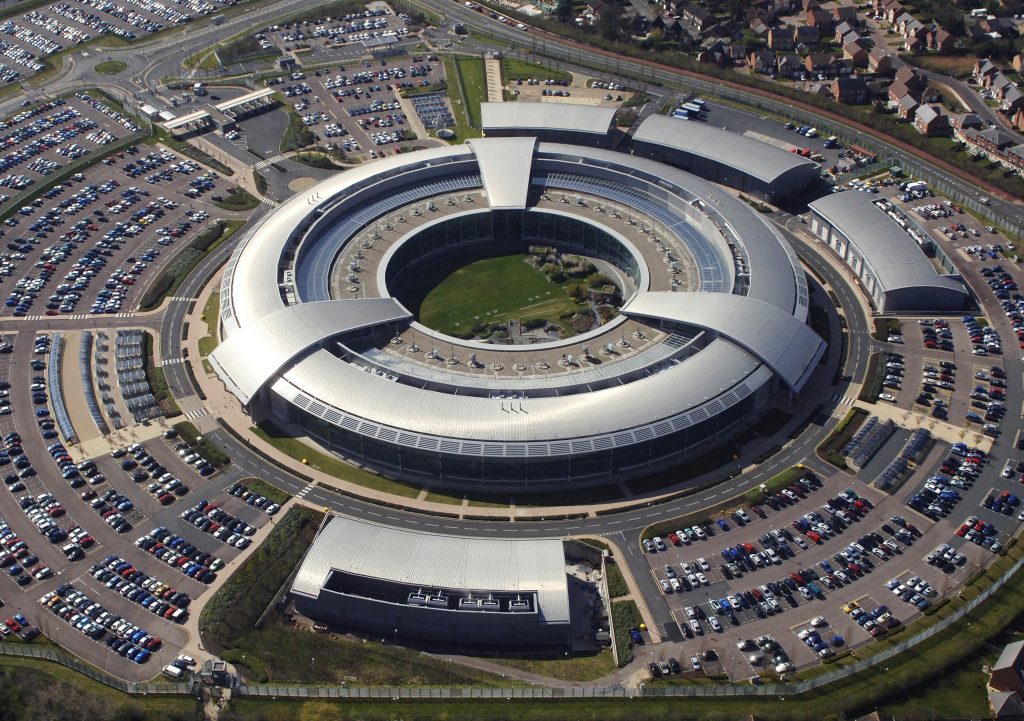
It was created in 1919 under the name Government Code and Cypher School (GC&CS). During the Second World War the Soviet intelligence used spies located in Cambridge to gain access to cryptographic works that were conducted in the school at that time.
The GHCQ deals with, among others, signal intelligence (SIGINT). It includes electromagnetic and radio intelligence, elimination of domestic and foreign threats to countries, soldiers and armed forces outside the borders. It prevents from detecting their own devices and transmissions of foreign services. As sensitive data is encrypted, signal intelligence wouldn‘t exist without cryptanalysis.
The Doughnut was designed so that every worker could meet face to face with another one in under five minutes. Such model of an open space in an office the size of 17 football pitches was, as put by the media, a culture shock for introverts previously locked in their cubicles.
A British spy, Geoffrey Arthur Prime, sold secret information to the Soviet Union while working for the GCHQ. He was also accused of sexual abuse of three girls aged 11 to 14. At the beginning of his career in the Royal Air Forces he worked in a warehouse, due to his colour blindness, but when his linguistic abilities were discovered, he started learning Russian in the Joint Services School for Linguists.
Edward Snowden gave away that the GCHQ can take control over a smartphone without its owner consent by sending encrypted text messages invisible to its user and then, for example: take photos and listen to the phone surrounding. They can turn the microphone on even when the phone is turned off!
We have already written about spying tools called the Smurfs ‘ Nosey Smurf allows to listen to ambient sounds, while Dreamy Smurf turns the phone on and off without its user knowing. Snowden emphasised that, if GCHQ workers once get access to a device, they can hack into it multiple times and basically see everything you‘re doing on it.
This is not the only fact connected with the GCHQ that leaked together with documents revealed by Edward Snowden in 2013. The world found out about the Tempora project, created in association with the National Security Agency to buffer internet communications, starting from e-mails and browsing history to Facebook posts. Snowden said, that the GCHQ paid for commercial campaigns in exchange for cooperation in gaining data.
Is the GCHQ eco-friendly? Yes, indeed! Materials from recycling like wood, metal and plastic bottles were used to produce tables, chairs and desks.
In 1927, Hugh Foss, an employee of the Government Code and Cypher School, proved that commercial versions of Enigma may be cracked, most exactly ‘ Enigma D, bought for example by Sweden, Japan, Italy, Spain and Poland. His surname went down to history thanks to what happened next.
He cracked the code used by a Japanese military attach‘ in 1934, and 6 years later broke the German codes thanks to a method of cryptanalysis created by Alan turning, called Banburismus. However, the code was deciphered for the first time by three Poles, who handed their results over to the British. They were: Marian Rejewski, Henryk Zygalski and Jerzy Rozycki.
Nowadays encoding technology has become much more advanced. Detective Store offers different encoding devices for discreet communication between the two users such as Enigma 2 from Tripleton. The algorithms used in Enigma 2 are almost impossible to be broken. It is a perfect solution for businessmen, detectives, military or any other person who values maximum discretion.
Enigma was not the only German encryption machine, on which the GCHQ was working during the Second World War. They were also working on the Lorenz cipher, which was called by the cryptanalytics – Tummy, as it used teleprinters that were dubbed the code Fish.
To break its cyphers, the British brought to life a digital computer Colossus, its working replica is on display in the museum in Bletchley Park, which was the first headquarter of the GCHQ. Despite this innovation, they still were outrun by the Swedish in 1943.
The GCHQ published‘ their own book. Reviewed by the Guardian as frustrating and irritating, ‘The GCHQ Puzzle Book‘ is available on the Amazon. It contains puzzles like guess the missing word, find what the passwords have in common, come up with rules for sets of words, defeat the drowsy-making puzzle or handle a ‘ shopping list.
The last puzzle is about doing shopping for a friend, who otherwise will have to face lonely and poor Christmas. From the list of products you have to guess that person‘s‘ name!
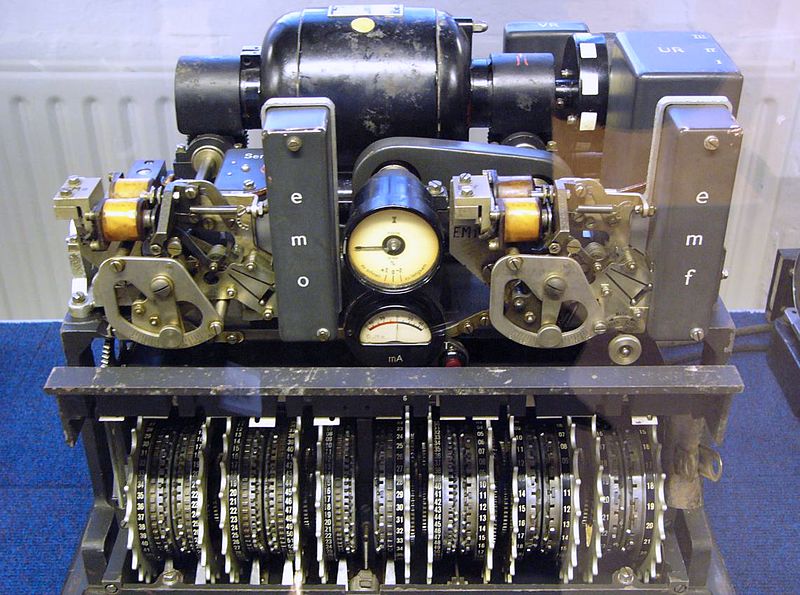
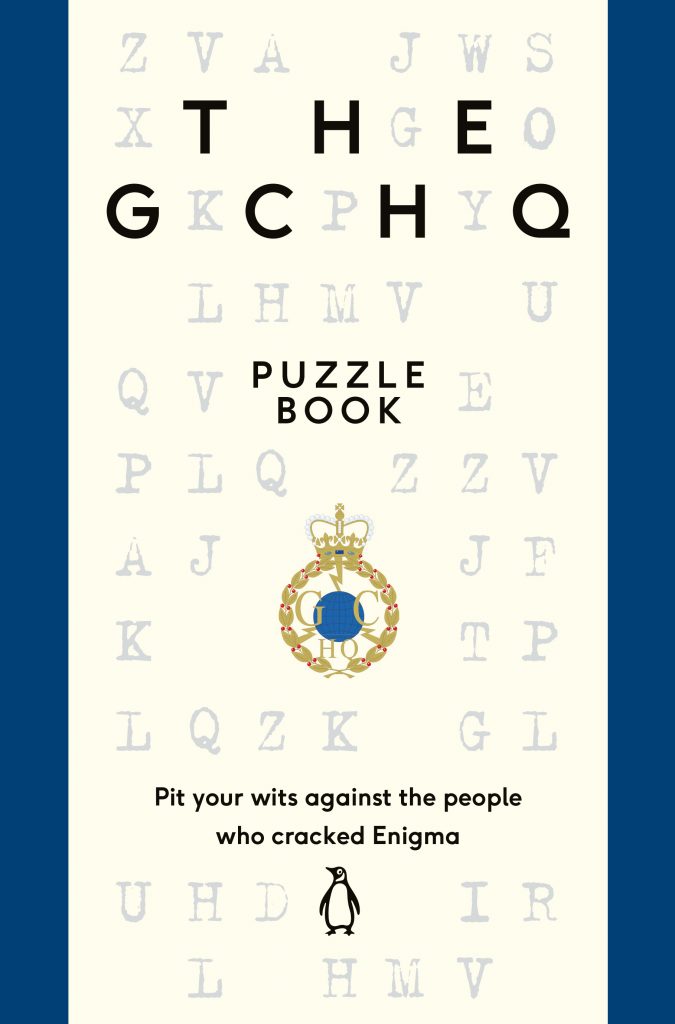



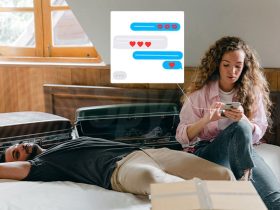

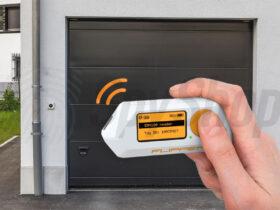


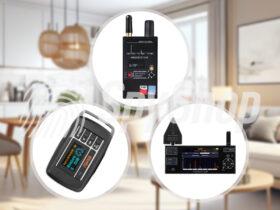

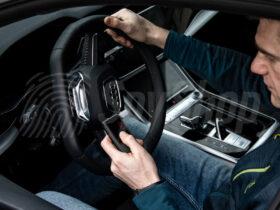
Leave a Reply